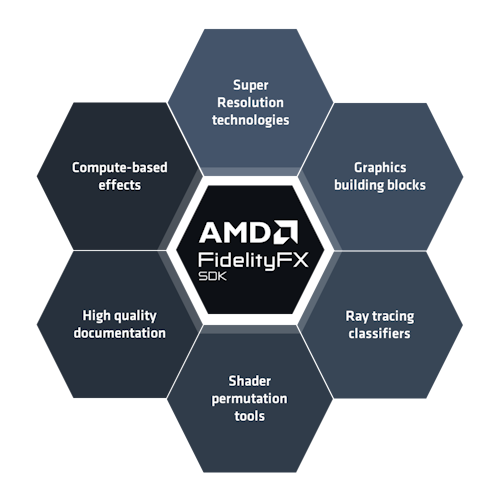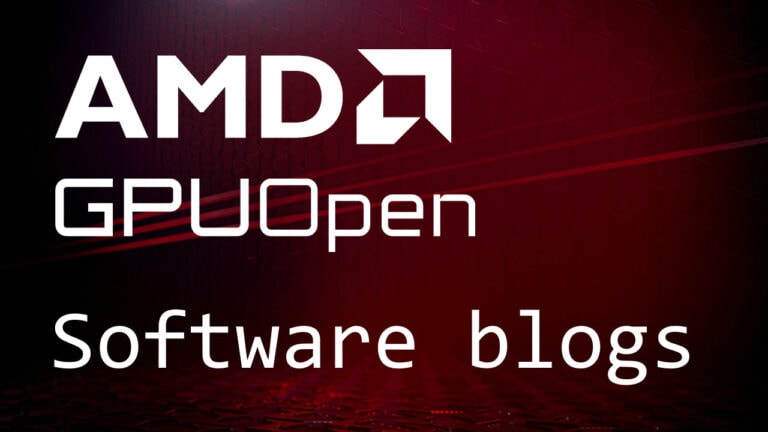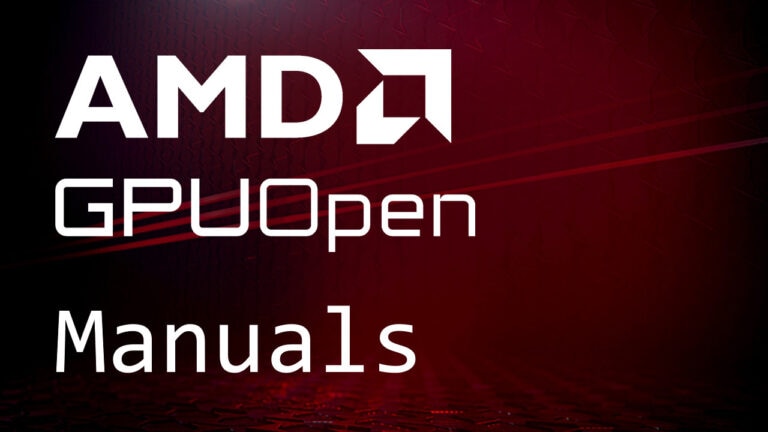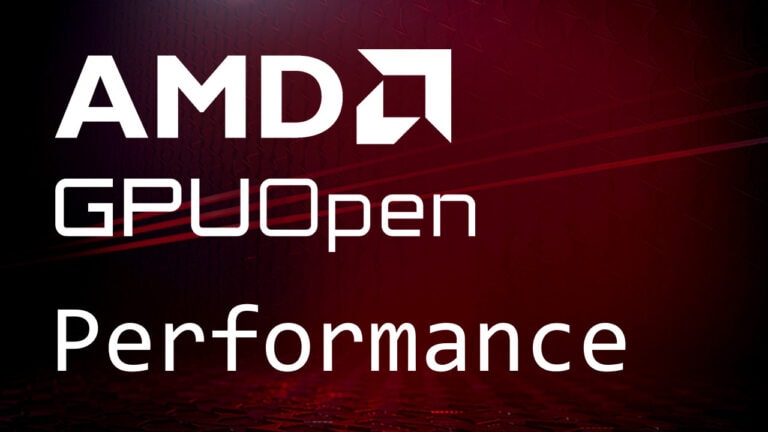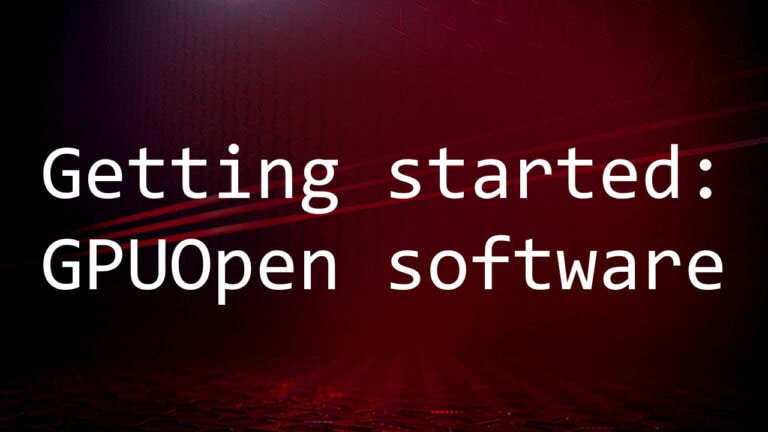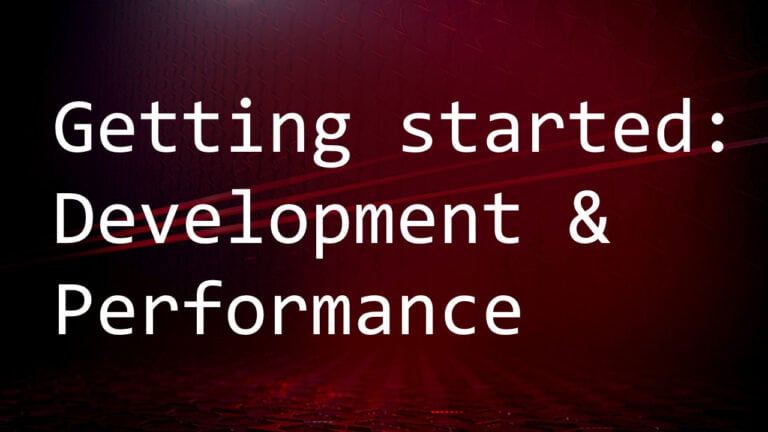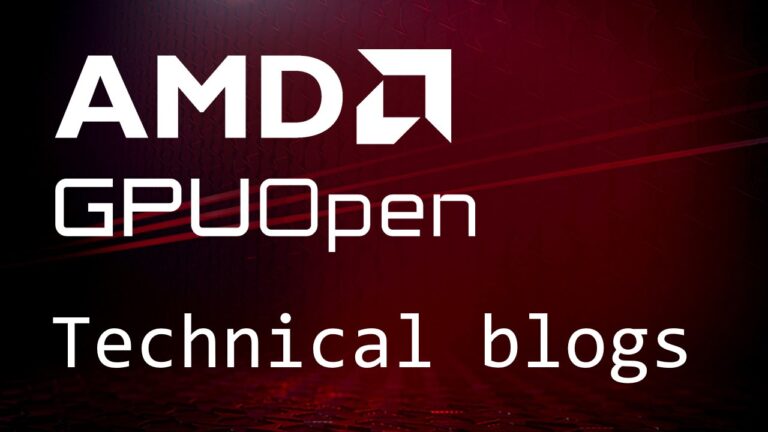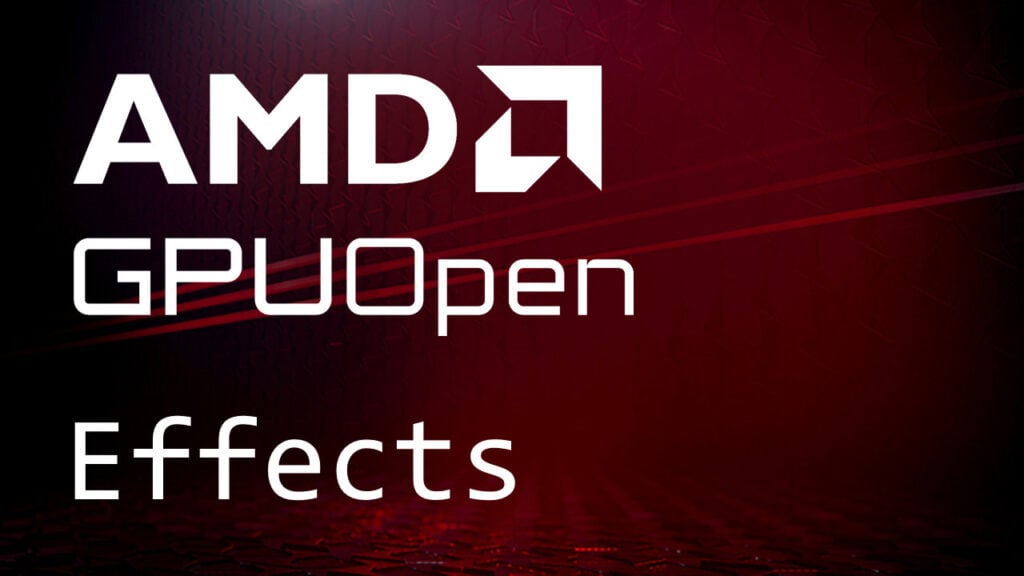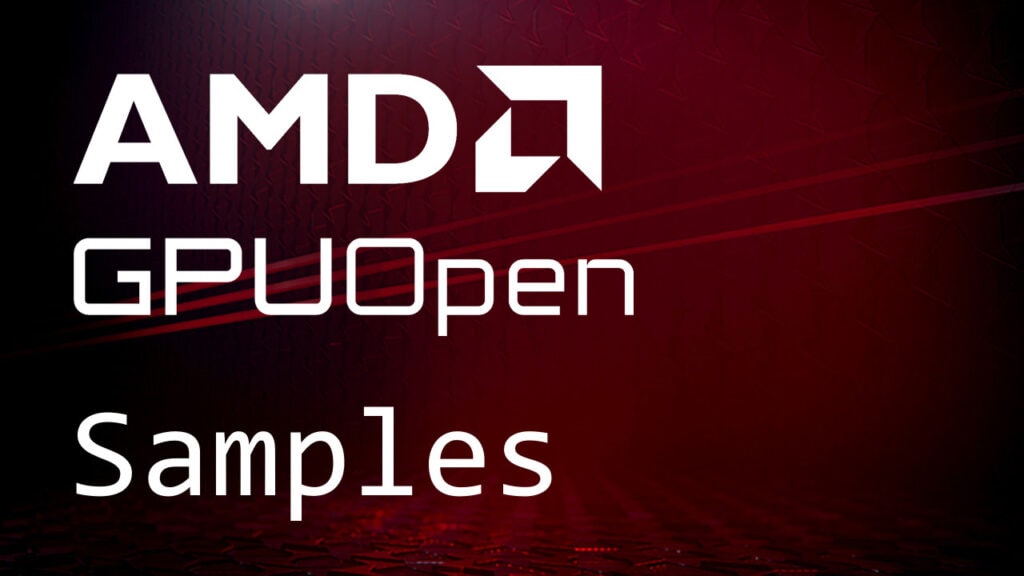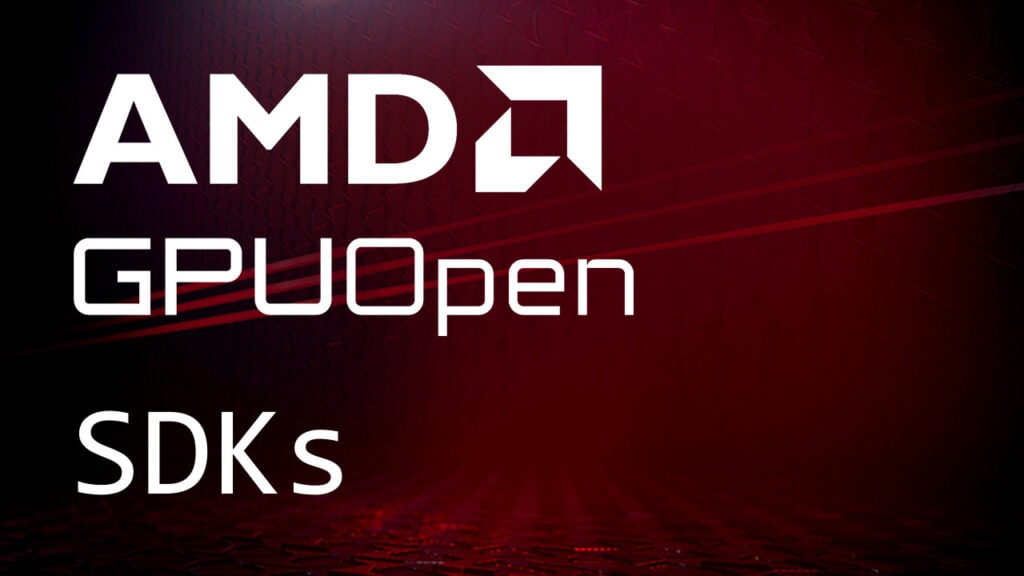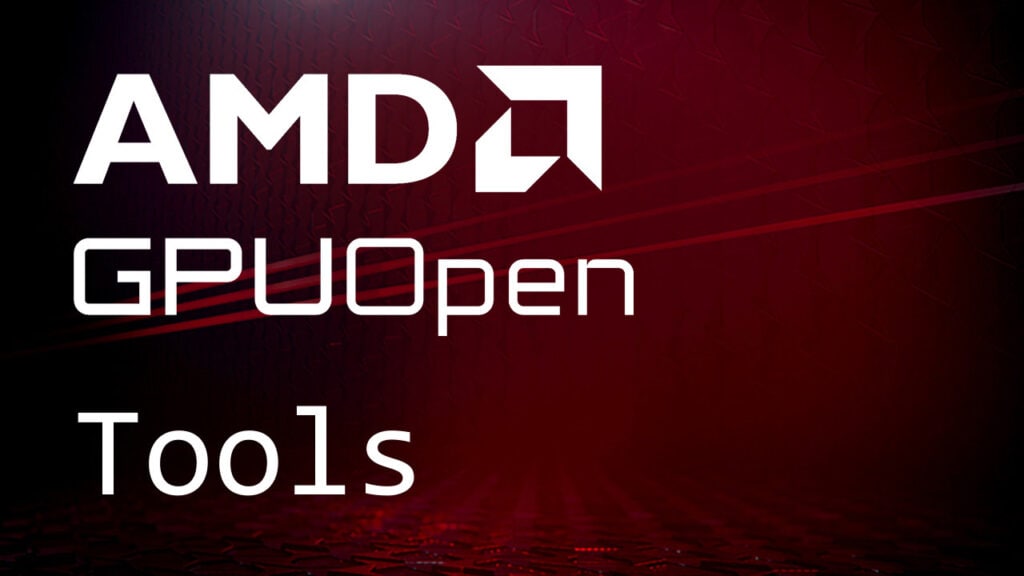FfxCacaoConstants
A structure for the constant buffer used by FidelityFX CACAO.
File location: sdk/include/FidelityFX/host/ffx_cacao.h
Detailed description
A structure for the constant buffer used by FidelityFX CACAO.
Data fields
|
Type |
Description |
|---|---|
|
float |
CameraTanHalfFOV
Multiply and add values for clip to view depth conversion.
|
|
float |
NDCToViewMul
tan(fov/2) for the x and y dimensions.
|
|
float |
NDCToViewAdd
Multiplication value for normalized device coordinates (NDC) to View conversion.
|
|
float |
DepthBufferUVToViewMul
Addition value for NDC to view conversion.
|
|
float |
DepthBufferUVToViewAdd
Multiplication value for the depth buffer’s UV to View conversion.
|
|
float |
EffectRadius
Addition value for the depth buffer’s UV to view conversion.
|
|
float |
EffectShadowStrength
The radius in world space of the occlusion sphere. A larger radius will make further objects contribute to the ambient occlusion of a point.
|
|
float |
EffectShadowPow
The linear multiplier for shadows. Higher values intensify the shadow.
|
|
float |
EffectShadowClamp
The exponent for shadow values. Larger values create darker shadows.
|
|
float |
EffectFadeOutMul
Clamps the shadow values to be within a certain range.
|
|
float |
EffectFadeOutAdd
Multiplication value for effect fade out.
|
|
float |
EffectHorizonAngleThreshold
Addition value for effect fade out.
|
|
float |
EffectSamplingRadiusNearLimitRec
Minimum angle necessary between geometry and a point to create occlusion. Adjusting this value helps reduce self-shadowing.
|
|
float |
DepthPrecisionOffsetMod
Default: EffectRadius*1.2. Used to set limit on the sampling disk size when near.
|
|
float |
NegRecEffectRadius
Default: 0.9992. Offset used to prevent artifacts due to imprecision.
|
|
float |
LoadCounterAvgDiv
Negative reciprocal of the effect radius.
|
|
float |
AdaptiveSampleCountLimit
Multiplier value to get average from loadcounter value.
|
|
float |
InvSharpness
Limits the total number of samples taken at adaptive quality levels.
|
|
int |
BlurNumPasses
The sharpness controls how much blur should bleed over edges.
|
|
float |
BilateralSigmaSquared
Number of blur passes. Default uses 4, with lowest quality using 2.
|
|
float |
BilateralSimilarityDistanceSigma
Only affects downsampled SSAO. Higher values create a larger blur.
|
|
float |
PatternRotScaleMatrices
Only affects downsampled SSAO. Lower values create sharper edges.
|
|
float |
NormalsUnpackMul
Sampling pattern rotation/scale matrices.
|
|
float |
NormalsUnpackAdd
Multiplication value to unpack normals. Set to 1 if normals are already in [-1,1] range.
|
|
float |
DetailAOStrength
Addition value to unpack normals. Set to 0 if normals are already in [-1,1]range.
|
|
float |
Dummy0
Adds in more detailed shadows based on edges. These are less temporally stable.
|
|
float |
SSAOBufferInverseDimensions
Dimensions of SSAO buffer.
|
|
float |
DepthBufferInverseDimensions
Dimensions of the depth buffer.
|
|
int |
Pad
Default is (0,0). Read offset for depth buffer.
|
|
float |
InputOutputBufferDimensions
UV Offsets used in adaptive approach.
|
|
float |
InputOutputBufferInverseDimensions
Dimensions of the output AO buffer.
|
|
float |
ImportanceMapInverseDimensions
Dimensions of the importance map.
|
|
float |
DeinterleavedDepthBufferInverseDimensions
Dimensions of the deinterleaved depth buffer.
|
|
float |
DeinterleavedDepthBufferNormalisedOffset
Default is (0,0). Read offset for the deinterleaved depth buffer.
|
|
NormalsWorldToViewspaceMatrix
Default is (0,0). Normalized read offset for the deinterleaved depth buffer.
|




